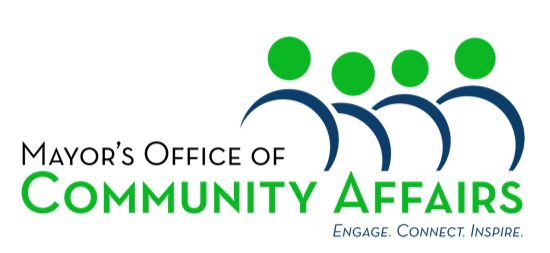(Washington, DC) – Today, the District’s Department of Human Services (DHS) shared the results of the 2024 Point-In-Time (PIT) Count, the annual census of individuals experiencing homelessness. This year’s count took place on Wednesday, January 24, 2024, and showed an overall 14% increase from 2023. Despite this increase, the total count remains 12% lower than the count recorded in 2020, the last PIT conducted before the onset of the COVID-19 public health emergency. Between 2023 and 2024, homelessness among unaccompanied individuals increased 6%, and is similar to the level recorded in 2020; homelessness among families increased 39%, but remains down 30% from 2020.
“The 2024 count is the second consecutive year that the District saw an increase in homelessness. While the data points to opportunities to evolve our system to today’s realities, our strategies are still highly effective,” said Laura Zeilinger, DHS Director. “Across the last two years we counted a higher percentage of people experiencing homelessness for the first time which both points to the need for earlier interventions as well as our success at supporting those who have experienced long-term homelessness to regain housing. We are committed to continue to build on and invest in proven solutions, and innovative approaches to enhance our system for District residents facing homelessness.”
Building on years of investments in the transformation of the District’s homeless services system, the Mayor’s Fiscal Year 2025 makes strategic investments in proven strategies for driving down homelessness, including:
- $18.9 million for the Career Mobility Action Plan (Career MAP) program to keep 500 families stably housed and help them advance toward career goals.
- $13.3 million to operate non-congregate bridge housing and create a stable environment to help expedite exits to permanency. Non-congregate shelter can be beneficial for clients who avoid low-barrier shelter because it provides more privacy and it also supports better flow through the Continuum of Care.
- $500,000 to support the Peer Case Management Institute (PCMI), a partnership with Howard University that involves training residents with lived experience of homelessness to become case managers within the DHS Continuum of Care.
- $148.4 million for renovations and rebuilding the District’s shelter capacity including the Federal City Shelter (CCNV) to expand our capacity to offer unhoused residents a safe, clean, and dignified place stay until they get back into permanent housing.
These investments will improve engagement, the effectiveness of service delivery, and movement to housing. They also augment prior year investments that are ending homelessness for over 1,800 households.
Looking at the District’s data in the context of national data is also informative in evaluating DC’s system. Major cities in the United States experienced a 52.7% increase in homelessness between 2022 and 2023, while the District saw an 11.6% increase in homelessness in this period. Additionally, between 2020 and 2022 the District saw the largest percent decrease in homelessness nationwide, with a 30.9% decrease. The District successfully decreased inflows into homelessness in 2021 and 2022 which can be attributed to the historic federal investments in housing retention efforts and the implementation of the eviction moratorium.
The Community Partnership for the Prevention of Homelessness (TCP) conducted the PIT count on behalf of the District. The count is a requirement for all jurisdictions receiving federal homeless assistance funding. This single-day enumeration of the homeless services continuum of care provides an opportunity to identify gaps in the current portfolio of services and informs future program planning.
Data from the District will be included in a regional analysis and annual report on homelessness by the Metropolitan Washington Council of Governments (COG) Homeless Services Planning and Coordinating Committee, published on May 15. Concerned by the lack of regional data available, COG undertook the first effort to produce a Point-in-Time count of homeless adults and children in metropolitan Washington in 2001. More information is available at mwcog.org/homelessnessreport.
Mayor Bowser X: @MayorBowser
Mayor Bowser Instagram: @Mayor_Bowser
Mayor Bowser Facebook: facebook.com/MayorMurielBowser
Mayor Bowser YouTube: https://www.bit.ly/eomvideos



